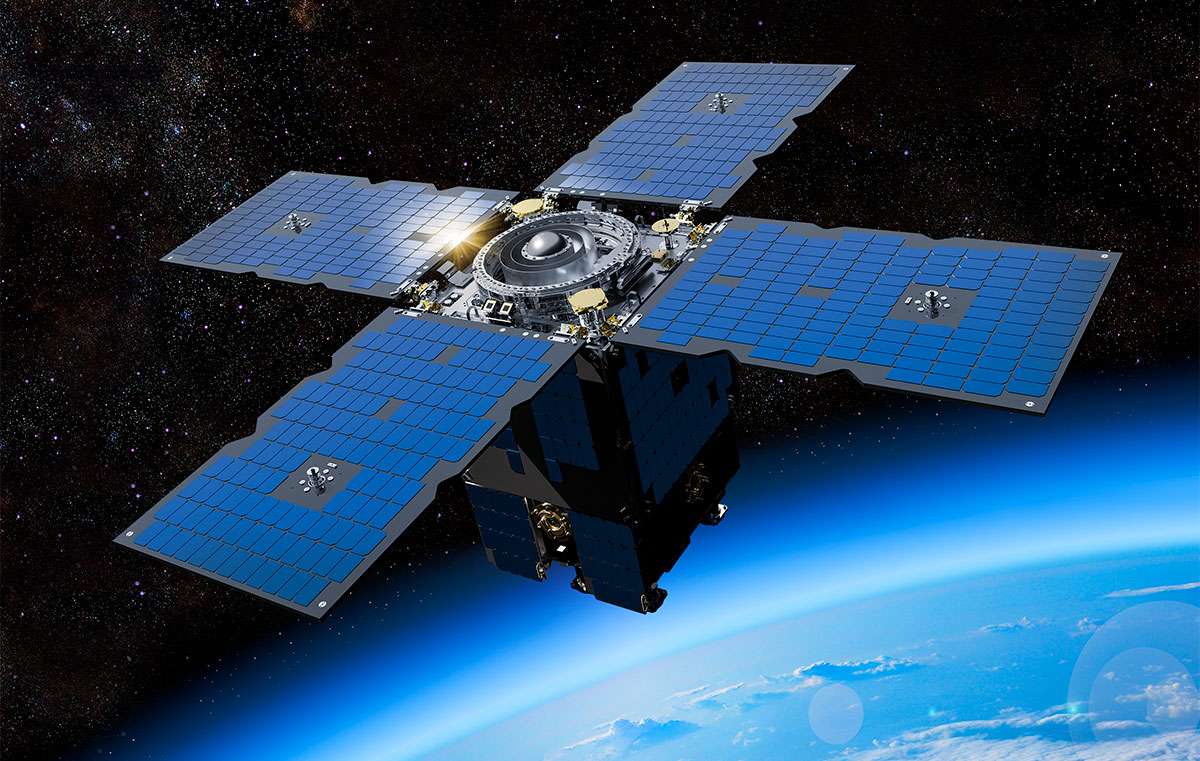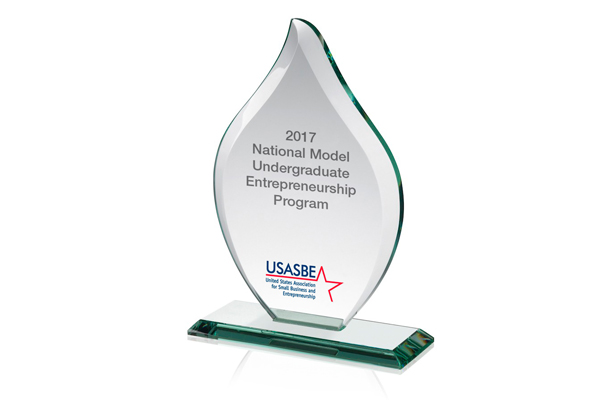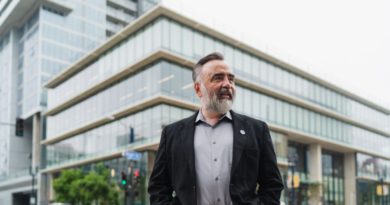Daily Business Report-Dec. 30, 2019
General Atomics’ Orbital Test Bed Satellite (Photo courtesy of General Atomics)
General Atomics announces NASA
Deep Space Atomic Clock in nominal operation
General Atomics Electromagnetic Systems (GA-EMS) announced that NASA ended the commissioning phase of the Deep Space Atomic Clock, the primary payload on-board the company’s Orbital Test Bed satellite. It can now demonstrate its capabilities supporting deep space navigation and exploration.
The Orbital Test Bed satellite was launched from Cape Canaveral on June 25, 2019 on a SpaceX Falcon Heavy rocket.
The Deep Space Atomic Clock is a miniaturized, ultra-precise, mercury-ion atomic clock designed and built at NASA’s JPL for NASA Space Technology Mission Directorate’s Technology Demonstration Missions Program. It provides extreme accuracy and greater stability than today’s best navigation clocks to support exploration deeper into the solar system, as well as potentially provide benefits to Earth users worldwide.
_______________________
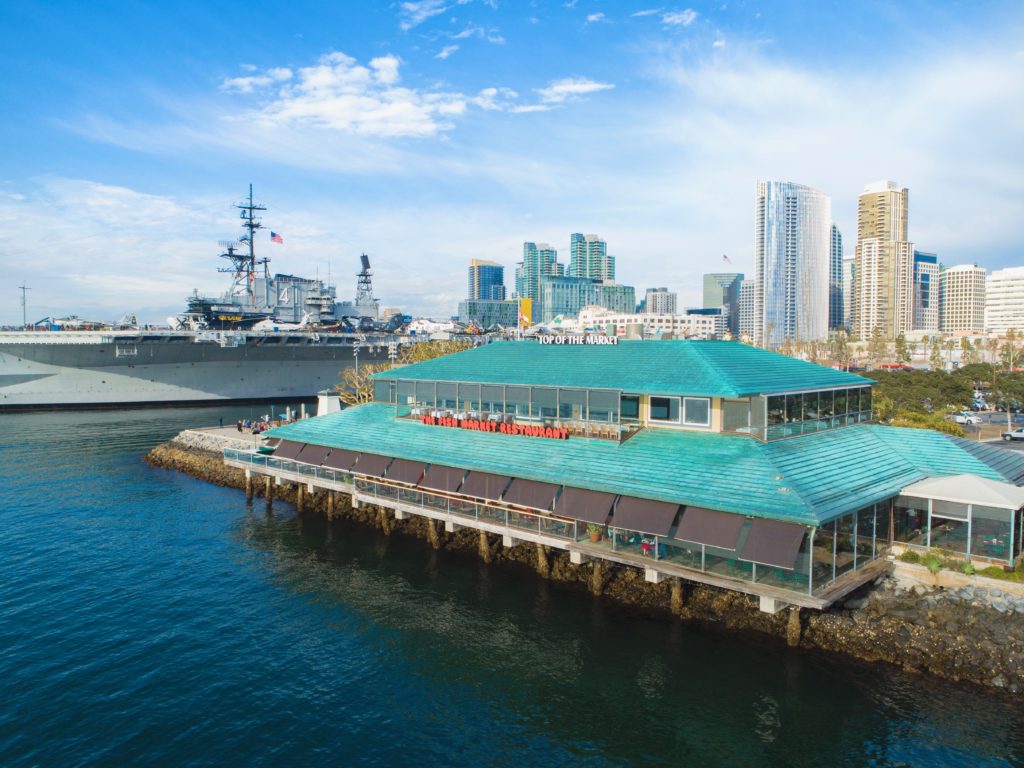
Downtown Fish Market Celebrates 30 Years
Not even a 2015 fire could dampen founders’ passion
This year marks the 30th anniversary of one of San Diego’s iconic seafood restaurants popular with locals and tourists alike. The Fish Market located Downtown on the harbor nestled next to the USS Midway Museum has a rich history and it all started with four men with no restaurant experience.
In 1964 Fred Duckett and Robert Wilson partnered to form Duckett-Wilson Development Company. Duckett was an avid fisherman his entire life and began floating the idea of opening a seafood restaurant. With Wilson–also a seafood fanatic–they brought in John Freis, captain of Duckett’s boat, and Dean Betts, their culinary-skilled colleague. From that beginning, they were on a mission to create a unique dining experience around freshness, simplicity and quality. As mentioned, not one of them had notable experience in the restaurant business, but their individual and collective passion for seafood was deep enough to drive them toward their vision.
They opened their first restaurant, The Fish Market, in Palo Alto, down the street from Stanford University, in 1976. What was previously an old pancake house quickly becoming a seafood sensation, and in 1979, the group opened the second Fish Market in Santa Clara. The new restaurant kept the same recipe for success, with a larger space and the debut of Santa Clara’s first oyster bar. Just like the Palo Alto location, the Santa Clara Fish Market became an instant favorite that led to additional openings (San Mateo in 1982, and San Jose in 1997).
With all the founders living in Southern California, the four decided they needed a restaurant closer to home. They opened a third location across from the Del Mar Fairgrounds and Racetrack in Solana Beach in 1981 and that set the stage for bigger things to follow.
Being the businessmen they were, when it comes to seafood, freshness was and is everything. They invested in fishing boats as well as acquired their own seafood processing and distribution facility, Farallon Fisheries. All to ensure the highest-quality seafood.
In 1989, The Fish Market opened in Downtown San Diego. The downtown location quickly became their flagship restaurant offering every type of dining experience including a Sushi Bar, Retail Seafood Counter and Oyster Bar as well as the Top of the Market – a fine dining restaurant located upstairs which offers a chef driven menu and the most spectacular bay views.
In 2015, the unthinkable happened and they experienced a major fire which shut down the beloved downtown restaurant with 1.2 million in damages. Knowing they would be closed for an extended period of time, the owners worried about all their employees and continued to pay all of them while it was shut down for two months to be re-built. With such a gesture, all but two of the employees came back to work when they reopened two months later. It takes 280 team members to run downtown alone. Speaking further of loyalty and keeping to the Founders core values there are five original Downtown Fish Market employees.
Since day one, the founders have prided themselves on having a lively, welcoming restaurant that serves the freshest seasonal seafood prepared to perfection and taking care of their employees; 30-years later their mission still holds true for the Downtown Fish Market. They truly have set the bar for others in the industry.
_______________________
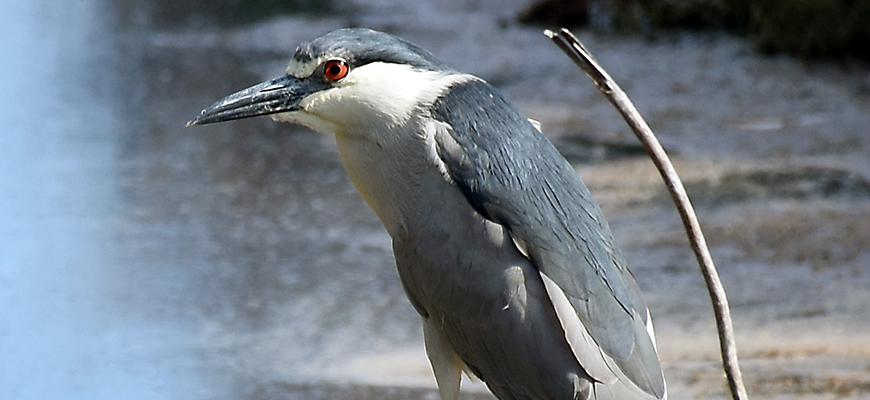
How many parasites can a bird carry?
The answer reveals a first principle applicable to all biological systems
A team of ecologists at Scripps Institution of Oceanography at UC San Diego has made a breakthrough that has implications for multiple fields within biology as well as epidemiology.
Ecologist Ryan Hechinger and colleagues tested a new way to predict the parasite load carried by California shorebirds they collected and analyzed. The principles they describe, however, could apply to any organism that hosts parasites, including humans. Hechinger describes parasites as the “dark matter” of ecosystems: they are ubiquitous and a key component of energy flow through those systems, but their ecological function is often overlooked.
The study appears today in the journal Proceedings of the Royal Society B. In it, Hechinger’s team – including Kate Sheehan, a former postdoctoral researcher in Hechinger’s lab now at Frostburg State University in Maryland, and Hechinger Lab Manager Andrew Turner – describes how the amount of space inside or on a host, whether it be an ostrich or hummingbird, elephant or mouse, has less to do with the total parasite load it can carry at any given time and is more related to how much energy it can supply to those parasites.
The conclusion represents a new line of thinking in parasitology. It upends a traditional ecological mantra that available space is the most important resource in determining a host organism’s capacity for carrying parasites.
_______________________
Brett McClain named chief operating
officer for Sharp HealthCare

Brett McClain will join Sharp HealthCare as chief operating officer, effective March 16, 2020. He will succeed Dan Gross, Sharp’s executive vice president, who is retiring April 3.
McClain has served in a variety of operational, consulting and leadership roles in health care over the past 30 years. He comes to Sharp after 11 years with Dignity Health Arizona, having served as chief operating officer for Dignity Health Arizona West and Central Regions, as well as chief operating officer and chief administrative officer of Dignity Medical Group. McClain has held a variety of operations, consulting and executive leadership roles for organizations including Maricopa Integrated Health System, Faxwatch Inc., and Cardinal Health/West Hudson & Co Inc.
McClain received a Bachelor of Science in Business Administration from the University of Arizona, Tucson, Ariz., and his Master of Business Administration from Regis University in Denver. Throughout his career, he has been actively engaged in his communities as a board member or in board leadership for a variety of public and non-profit organizations.

